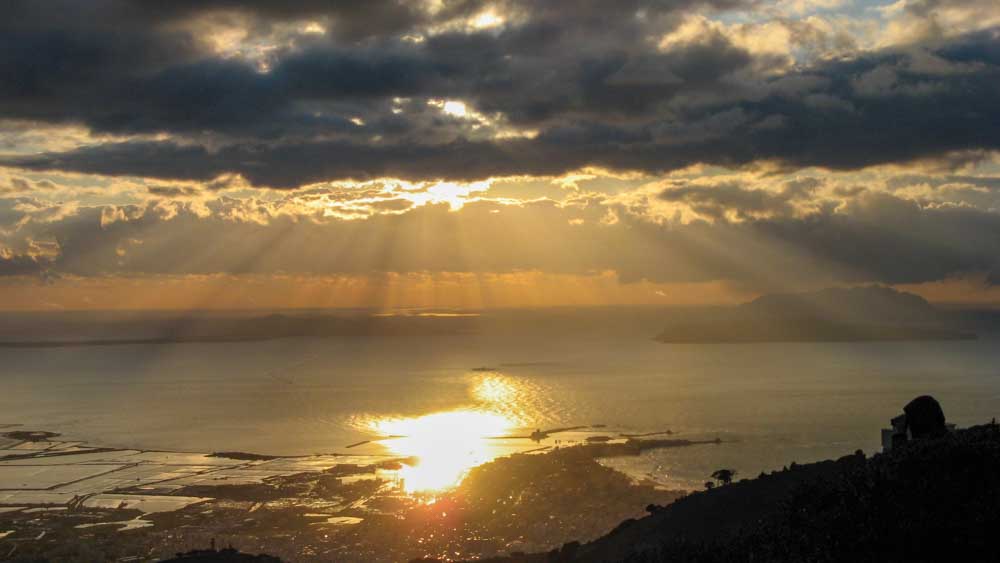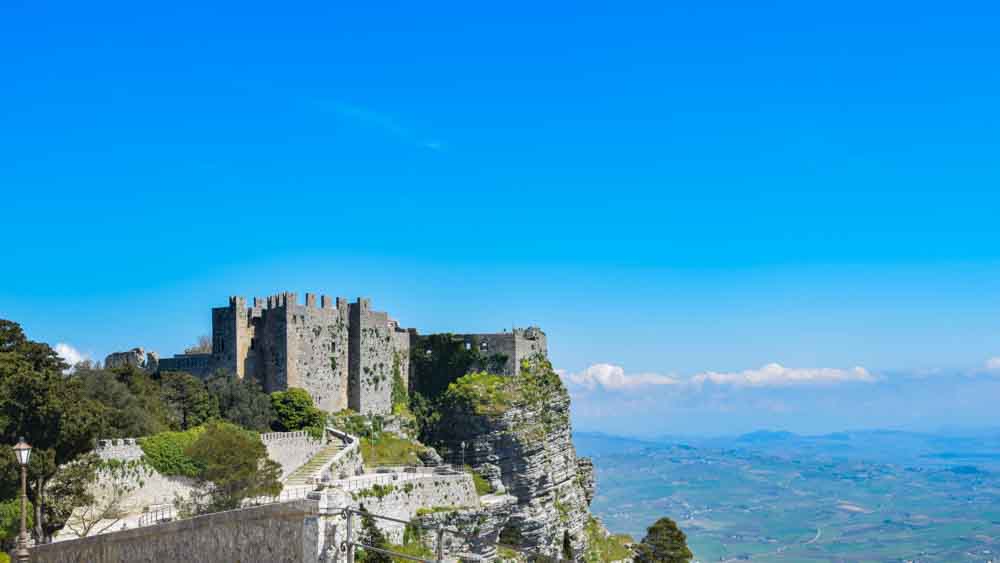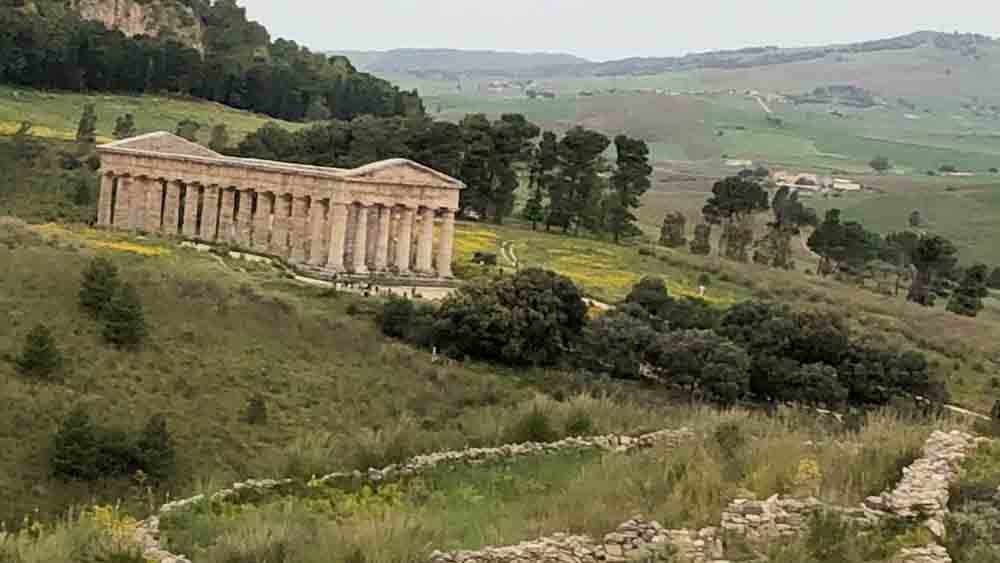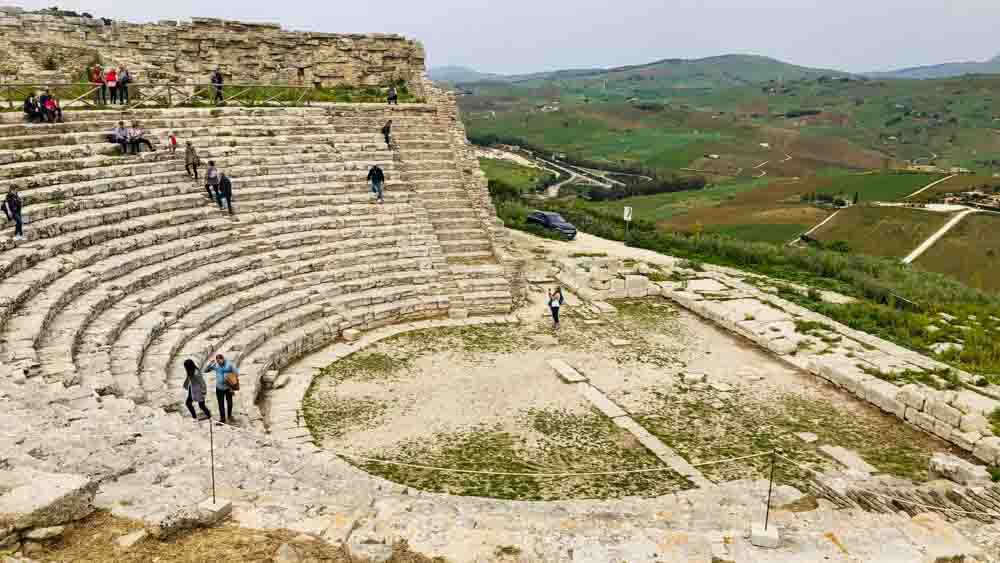A Journey through Erice, Sicily and the Ancient Temples of Venus and Segesta
Char Selsvold, 6/18/24

Sunset viewed from Erice, Sicily.
Sunset over the ancient city of Erice on a mountain-top overlooking the Mediterranean can feel magical if one imagines the Greeks, Phoenicians, or Romans sailing towards the shore, beckoned by the fire set at the sacred site for Aphrodite(Greeks), Astarte(Phoenicians), or Venus(Romans). The Goddess represented love and protection for all cultures. The sailors would seek out the oracle in the temple and receive blessings for their journeys from the women at the temple. The Divine Feminine thrived here.

Temple of Venus in Erice, Sicily
Erice and the Venus Temple represent the rich cultural tapestry of Sicily with the Greek or Elymian people arriving in 1100 BC according to Greek historian, Thucydides. They were followed by the Phoenicians in 900 BC, Romans later and the Normans in the 12th century who built the current structure. The town was named after Eryx, son of Aphrodite and Butes, a king of the Elymians, securing the temple as a pilgrimage site for centuries.
World myths offer insights on justice, good and evil, fate vs free will, and psychological insights into the human condition. The myths mentioned above are archetypal and cross cultural boundaries. We are far more alike than we may think sometimes. For me, it is one of the reasons that I enjoy travel, making me aware of my own challenges and offering me the hope that it can all work out. It is perhaps a version of the heroines journey.
Present day Erice is still very much a charming medieval town with very narrow cobble stone streets that you can get lost on for a while. There are lovely craft shops, small cafes, and excellent pastry shops with many delicious pastries, including almond cakes.

Temple of Segesta, Sicily
The magnificent Temple of Segesta was built in the 5th century BC by the Elyminians. It is one of the best preserved Doric temples in the world. One has to marvel that this ancient architecture is still available for us to see. The temple was never fully finished due to the political upheavals of that time.

Segesta Amphitheater, Sicily
The 3rd century BC amphitheater was cut into the hillside for better acoustics and seating with obvious use of physics and mathematics to build it. It could seat 4000 people, reflecting the importance of Segesta many centuries ago. Dramtic performances, including comedy and satire were performed. Political upheaval seems to bring out the need for satire in any era.
Recent Blog Buzzz
Journey Through Erice, Sicily and the Ancient Temples of Venus and Segesta